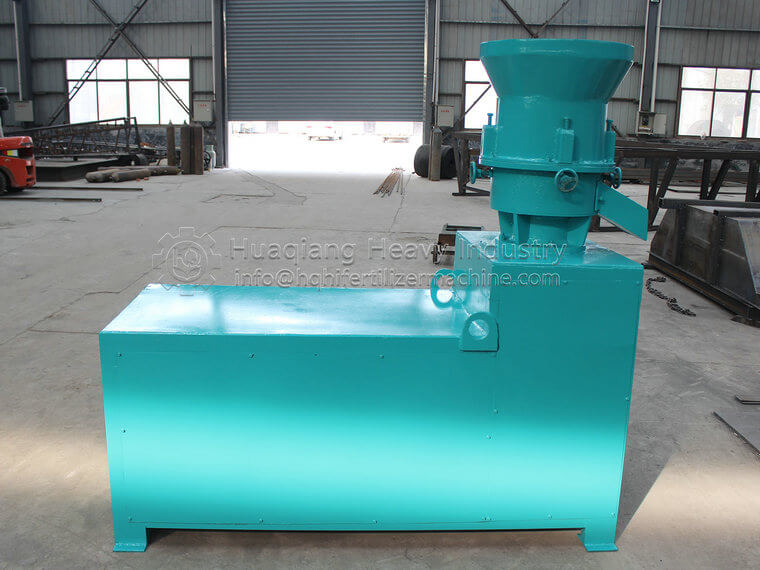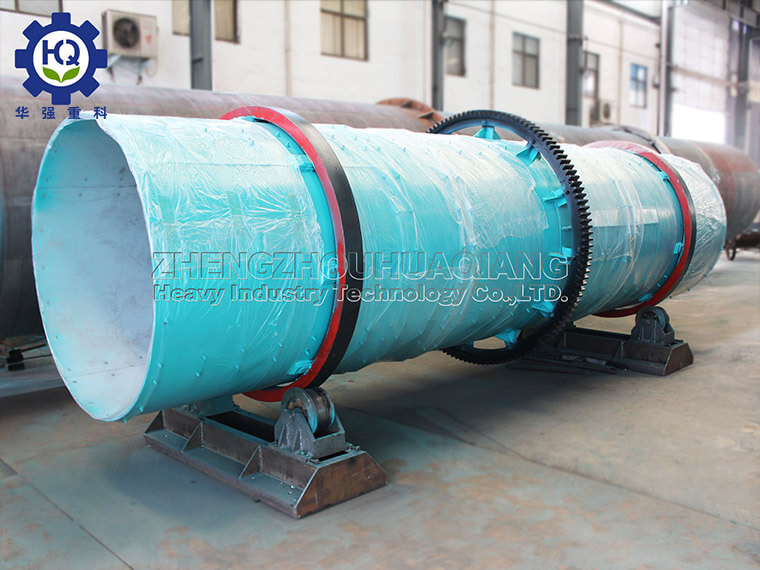What are the different effects of different organic fertilizer granulators on the use of pig manure fertilizer
The effectiveness of pig manure fertilizer is influenced by the granulation process of organic fertilizer granulators, mainly reflected in the following aspects:
Fertilizer release rate:
The pig manure fertilizer produced by wet organic fertilizer granulators usually has a slower release rate of fertilizer efficiency because the addition of water helps to maintain the stability of nutrients in the fertilizer. This is beneficial for long-term crop growth and soil improvement.
The pig manure fertilizer produced by dry granulation has a fast release rate of fertilizer efficiency, which is suitable for the short-term rapid growth needs of crops, but may require more frequent application.
Nutrient utilization efficiency:
Wet granulation, due to its slow fertilizer release characteristics, helps to improve nutrient utilization and reduce nutrient loss, especially for nutrients such as nitrogen and phosphorus.
Dry granulation may lead to rapid loss of some nutrients due to the rapid release of fertilizer efficiency, especially under rainwater erosion, and may need to be used in conjunction with soil water and fertilizer conservation measures.
Soil environmental impact:
Wet granulation may generate a certain amount of wastewater and exhaust gas, which, if not treated properly, may cause pollution to the soil and surrounding environment.
The impact of dry granulation on soil environment is relatively small, but dust may be generated during the production process, and appropriate dust prevention measures need to be taken.
Convenience of application:
The pig manure fertilizer produced by wet granulation has a larger volume and heavier weight, making it less convenient to transport and apply than dry granulation, especially in large-scale agricultural operations.
The pig manure fertilizer produced by dry granulation has a small volume, light weight, and is easy to transport and apply, especially in manual application or small-scale mechanical operations.
economic performance:
The production cost of wet granulation is relatively high, including energy and raw material consumption, but due to its high fertilizer efficiency utilization and long fertilizer duration, it may have good economic benefits in the long run.
The production cost of dry granulation is relatively low, but due to its rapid fertilizer release and possible nutrient loss, it may require more application times, thereby increasing long-term costs.
When choosing the organic fertilizer granulator process for pig manure fertilizer, factors such as crop growth needs, soil conditions, environmental protection requirements, and economic benefits should be comprehensively considered to select the most suitable process for local agricultural production conditions.



.jpg)

.jpg)


